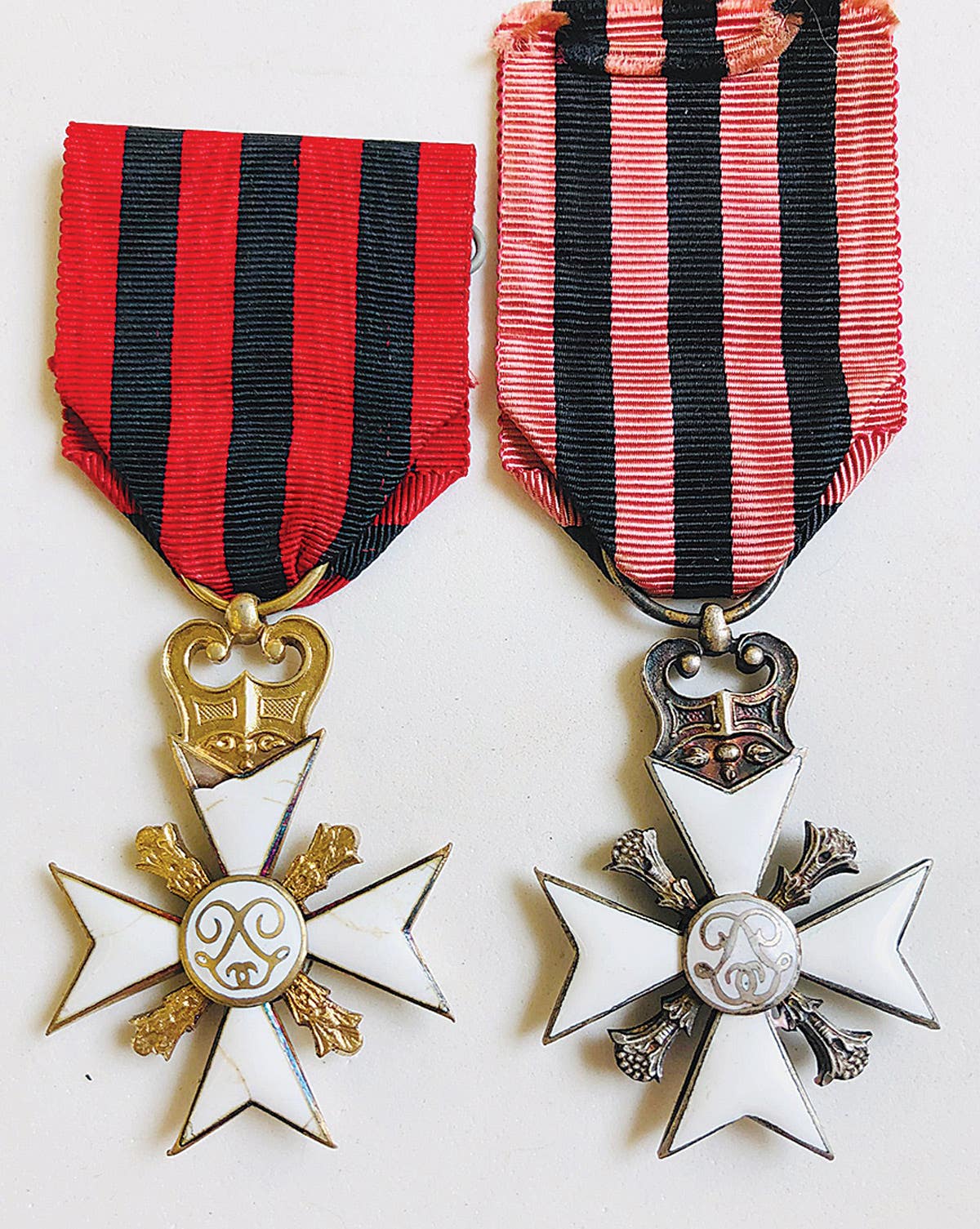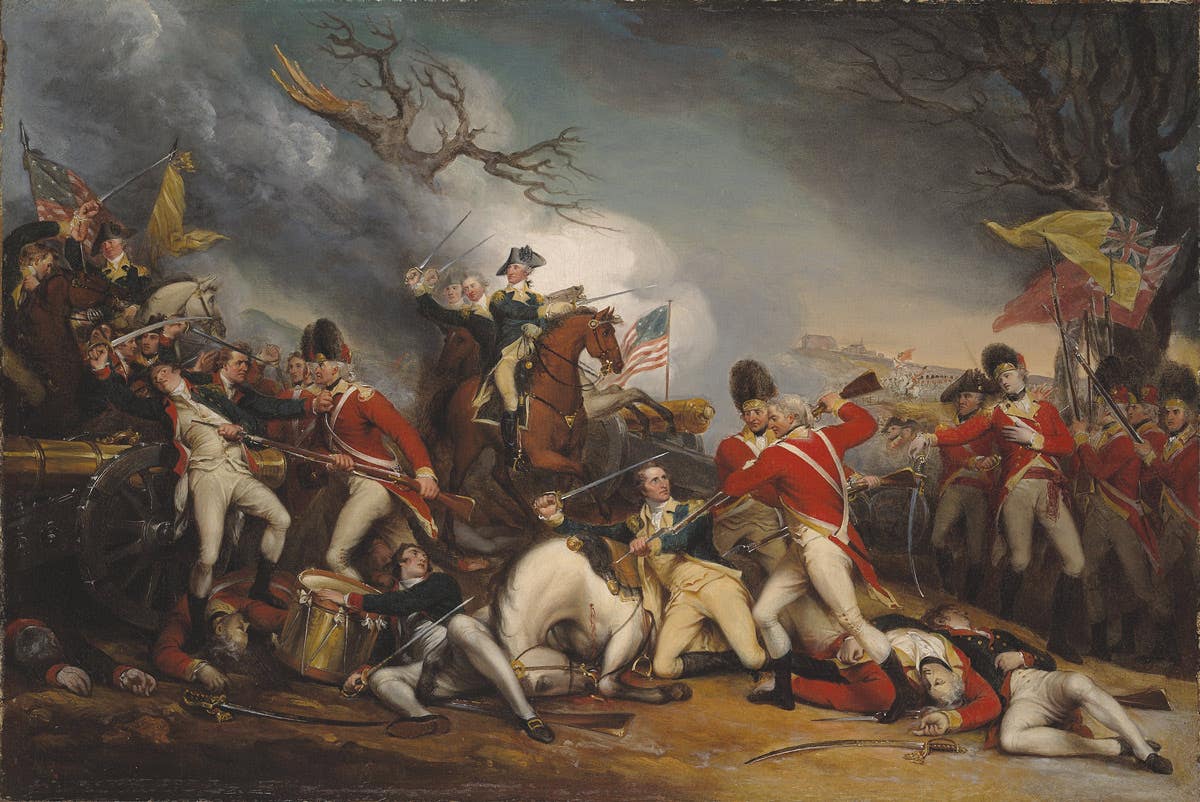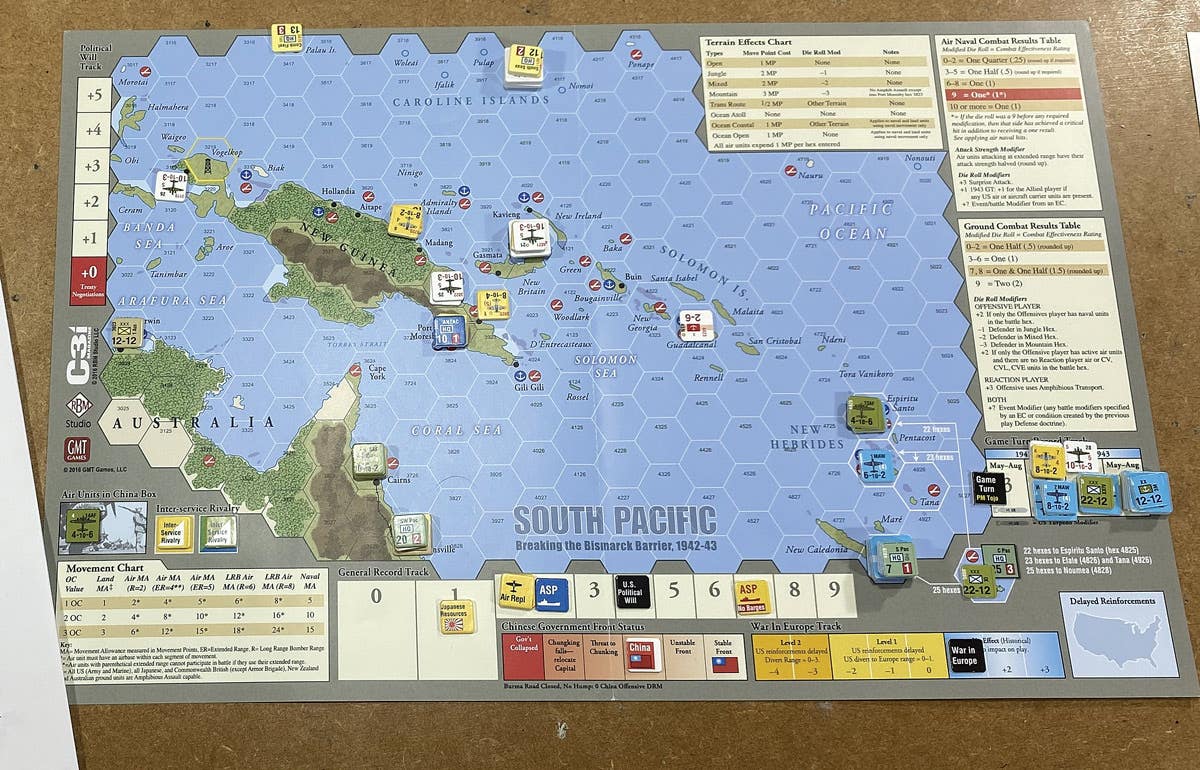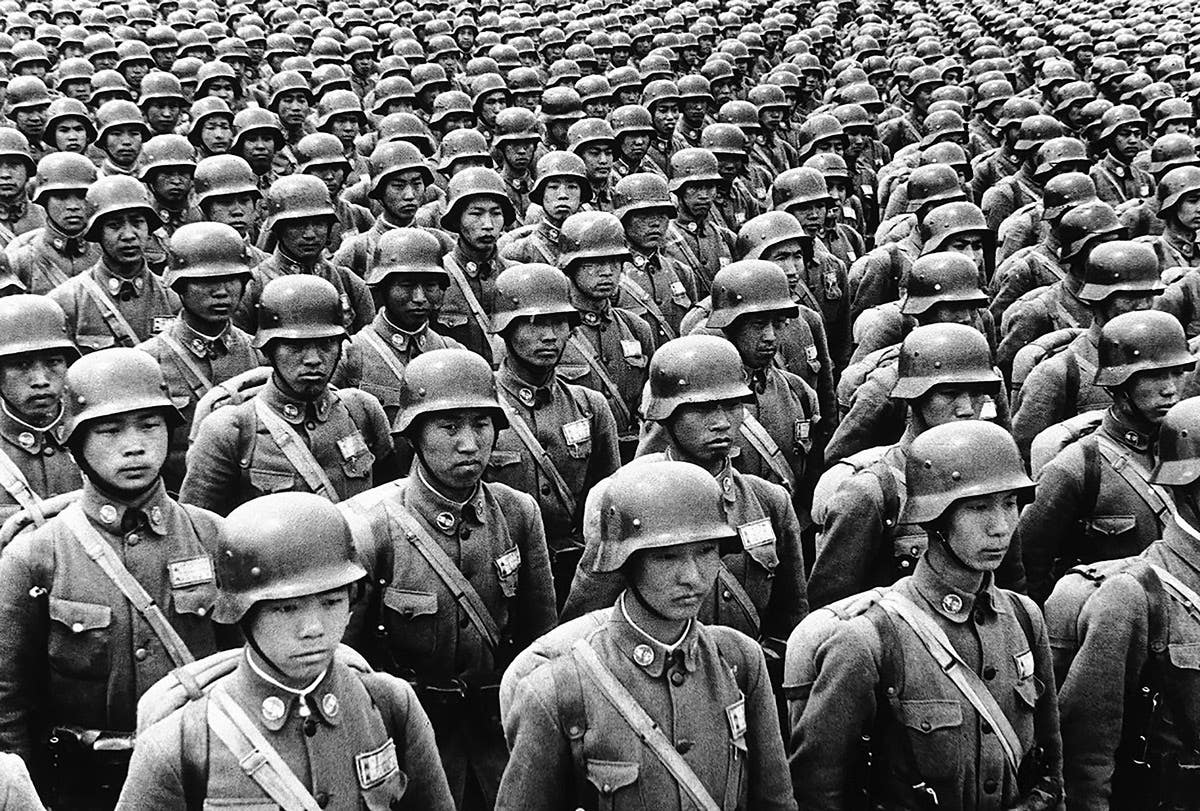The Versatile M7 Bayonet
Stylistically, the M-16 rifle was a radical departure from the long, heavy, wood-stocked weapons previously carried by GIs. It is not surprising, then, that newly designed M-7 bayonets were issued with this weapon.
Stylistically, the M-16 rifle was a radical departure from the long, heavy, wood-stocked weapons previously carried by GIs. It is not surprising then that newly designed bayonets were issued for use with this weapon.
Foremost of these was the M7 bayonet, introduced in 1964. Designed to be used as a hand weapon or fighting knife, the M7's primary role was as a bayonet for the M16 rifle and the M4 carbine. It can be used on many other assault rifles, carbines, and combat shotguns, as well.
The M7 had a 6¾" long 1095 carbon steel blade and plastic grips. The overall length of the weapon was 11.9", and one side of the blade was sharpened its full length. About three inches of the blade was sharpened on the opposite side.
The maker's identification code, along with “US M7” were embossed in the underside of the parkerized crossguard on genuine GI-issue M7 bayonets (NSN 1005-00-017-9701).
It was similar to the Korean War-era M4 as used on the M1 carbine, except the muzzle ring of the M7 was much larger. Its two-lever locking mechanism, as well as its grip design, were traits shared with the earlier bayonet.
The M-7 bayonet was sheathed in the olive drab fiberglass M8A1 scabbard until it was replaced by the M10 scabbard late in its service life. The M8A1 had a steel throat. The flat outer portion of the throat was stamped “US M8A1” along with the maker’s initials. At the top of the scabbard a M-1910 bent wire hook was installed, differentiating it from the earlier M8. In addition to the M7, this scabbard will accept the M-4, M-5, and M-6 bayonets.
BRIEF PRODUCTION HISTORY
Bauer Ord Company was the first contractor for the new bayonet. During its long production run, Colt Ontario Knife Company, Carl Eickhorn, Columbus Milpar & Mfg. (MIL-PAR), Conetta Mfg., Frazier Mfg., General Cutlery (GEN CUT), and Imperial Knife all were awarded contracts, resulting in almost 3 million M-7 bayonets being produced for the military. In addition to this number, similar bayonets (some even marked “M7”) were sold commercially. These non-contracted bayonets cause some confusion for the Vietnam-era militaria collector.
In addition to the maker’s marks for the aforementioned companies, the style of runout and backcut can be indicative of a bayonet’s age. The original specifications for the M7s stated that the backcut would be at a sharp angle to the true edge, approaching 90°. However, by July 1, 1974, the M7 blade specifications had been changed to read, “Configuration of runout may vary—Sharp corner not permissible.”
In contrast to the design of military M7, most commercial M7s had long sloped or curved runouts. Late military as well as a few commercial M7 have more curved and less sloped runout, which are difficult to distinguish from authentic military examples, but certainly date after the Vietnam war. Absence of a Defense Acceptance Stamp is not indicative of a non-military bayonet, since the use of this stamp was discontinued while the M7 was still in production.
COLLECTING THE M7
With millions having been produced, the M7 can hardly be considered scarce, with examples (in scabbard) being typically found in the $35-55 range. Nice Vietnam-era examples (with scabbard) regularly bring twice that.
You may also like:
As an Amazon Associate, Military Trader / Military Vehicles earns from qualifying purchases.
David Doyle's earliest published works were occasional articles in enthusiast publications aimed at the historic military vehicle restoration hobby. This was a natural outlet for a guy whose collection includes several Vietnam-era vehicles such as M62, M123A1C, M35A2, M36A2C, M292A2, M756, and an M764.
By 1999, his writing efforts grew to include regular features in leading periodicals devoted to the hobby both domestically and internationally, appearing regularly in US, English and Polish publications.
In 2003, David received his a commission to write his first book, The Standard Catalog of U.S. Military Vehicles. Since then, several outlets have published more than 100 of his works. While most of these concern historic military hardware, including aircraft and warships, his volumes on military vehicles, meticulously researched by David and his wife Denise, remain the genre for which he is most recognized. This recognition earned life-time achievement in June 2015, when he was presented Military Vehicle Preservation Association (MVPA) bestowed on him the coveted Bart Vanderveen Award in recognition of “...the individual who has contributed the most to the historic preservation of military vehicles worldwide.”
In addition to all of publishing efforts, David is the editor of the MVPA’s magazine, History in Motion, as well as serving as the organization’s Publications Director. He also maintains a retail outlet for his books online and at shows around the U.S.







